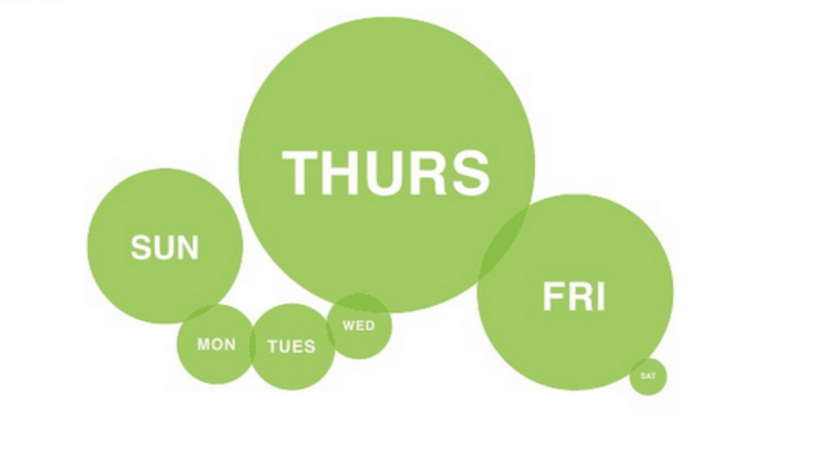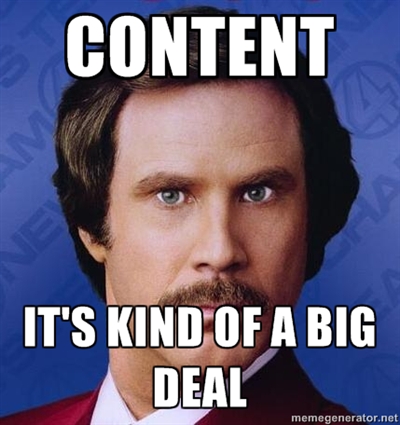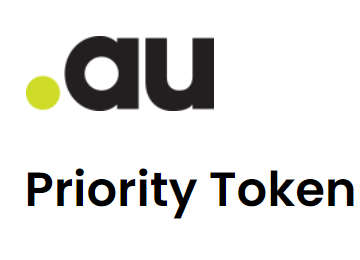It has become common knowledge that keeping your site looking great and complete with relevant content is a big part of user experience and SEO in general. Keeping your audience happy and attracting new clientele via new and alluring content is something all business owners need to think about, not just from the get go, but throughout their whole marketing program and budget allocation. At WME, we are always encouraging our clients to keep their sites looking fresh and relevant with the addition of either new content, better copy or the regular publishing of new written material. Many clients of ours have taken the initiative and installed blogs on their site, some with great results. Others are on their way, but want to acquire further guidance in relation to what to put in their posts and the frequency in which they are published. Here are a few things to consider when running a good blog for your business. Audience You will need to know who your audience is and what they are looking for. Gather data you have collated and combine this with any data you have from your site via either Google Analytics or your Awstats. The more data you have, the better. Ask yourself:
- What is their probable attention span?
- What tone should be adopted?
- What would they like to know more about?
- What music, movies or food do they like?
You should think about anything else that relates to your product and or service, just make sure it is relevant to your niche.
[caption id="attachment_5684" align="aligncenter" width="600"] Buddy Media’s infographic on most engaging days of the week.[/caption]
Buddy Media’s infographic on most engaging days of the week.[/caption]
Length Bigger is not always better as people’s attention spans are at an all-time low. You should think of your posts as different entry level products, just as you would your own product or service line. Think of your posts as either bite-sized, short, middle and ‘big ticket’ types. Bite-sized posts may just be 150-300 words, but also include a very engaging video or infographic. These items should be produced with the goal to have people share them quickly. Post these items on social media around lunch time. Short posts are around the 300-600 mark, with copy going a little more in-depth. Use these to link to other posts and keep your readers on page. Middle would be 600-1000 and done at a lower frequency than the other types mentioned previously. Big ticket items are very in depth with video, imagery and copy over 1000 words. Some sites may not have the audience to attract readers of all these types, but this is something you’ll need to ascertain from the get go. Blog length is really determined first by your audience’s attention span, and then working from there. Readability Try to make the user experience for your readers as easy as possible. Content should be cut up into neat 2-4 sentence paragraphs, with keywords you are targeting scattered carefully throughout the copy. Make the user experience and flow further manageable by:
- Using bullet points
- Inserting relevant images to support or amuse
- Add eye-catching infographics and diagrams
- Craft witty headings and sub-headings
- Look at the hierarchy and add relevant heading tags
Variety Along with length, you should vary what you are writing about, too. Brainstorm and put together a list of things you can touch on. Think about what is popular at the moment, as well as what is trending in your industry, and write opinion pieces. You don’t always need to create 100% unique content, but give credit where it is due – linking to major authorities in your industry will add trust and weight to your views. Look at adding video (make your own or share) as 70 percent of brands consider video to be the most effective form of content marketing and this can be backed by Google’s top results. Even think about adding sound clips by setting up a SoundCloud account; interview experts in your field and discuss issues relevant to your industry then embed these clips into articles. Be bold, original and even a little dangerous. Look at what Squatty Potty recently put together here (warning: not 100% SFW).  Metrics After you have written your articles, monitor which ones are the most shared and viewed and which ones are not. Bounce rate is a key metric that determines your ranking, so knowing what is hot and what is not is very important. Look at your highest viewed pages and link to other pages based on popular posts. Use social signals to build on your content. The more popular content signified by more likes or engagement should be highlighted, and future content strategies can be refined based on this. Frequency So how much is too much? The best way to answer this is to put yourself in the position of your audience and also work out how far you can stretch your own resources. Test things out and rely on the data you have already. Discovering the sweet spot of how much to post and when could take some time and research, depending on your own market and data. With any content you create, remember that SEO, content marketing and any other digital marketing strategies are a means to an end, i.e. sales and leads. Always utilise a call to action to buy or contact whenever possible. With your posts be informative, but also remember that you are trying to sell stuff.
Metrics After you have written your articles, monitor which ones are the most shared and viewed and which ones are not. Bounce rate is a key metric that determines your ranking, so knowing what is hot and what is not is very important. Look at your highest viewed pages and link to other pages based on popular posts. Use social signals to build on your content. The more popular content signified by more likes or engagement should be highlighted, and future content strategies can be refined based on this. Frequency So how much is too much? The best way to answer this is to put yourself in the position of your audience and also work out how far you can stretch your own resources. Test things out and rely on the data you have already. Discovering the sweet spot of how much to post and when could take some time and research, depending on your own market and data. With any content you create, remember that SEO, content marketing and any other digital marketing strategies are a means to an end, i.e. sales and leads. Always utilise a call to action to buy or contact whenever possible. With your posts be informative, but also remember that you are trying to sell stuff.



